With its extreme pressure, dark and cold environment, deep-sea diving is said to be more difficult than space travel.
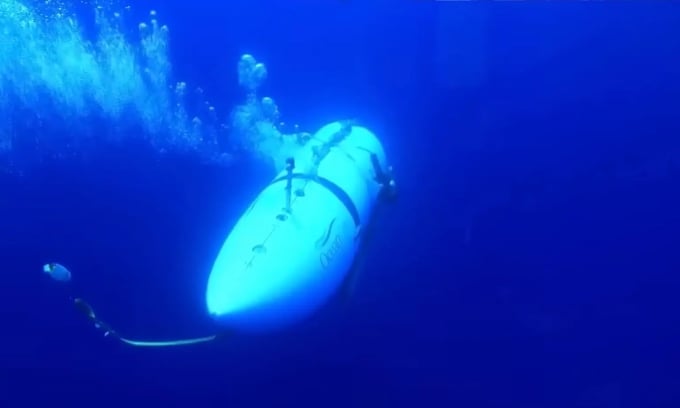
The Titan submersible in a CBS report last year. Photo: CBS
Titan, the submersible carrying five people to visit the Titanic wreck that lost contact in the Atlantic Ocean on June 18, is part of an activity that allows tourists to pay to explore the deep ocean - an activity that has only recently developed, CNN reported on June 21.
Although humans have explored the ocean surface for tens of thousands of years, only about 20% of the seafloor has been mapped, according to 2022 data from the US National Oceanic and Atmospheric Administration (NOAA).
Researchers often say that space travel is easier than diving to the bottom of the ocean. Twelve astronauts spent a total of 300 hours on the moon, but only three have been to the Challenger Deep, the deepest point on Earth’s ocean floor, and explored for about three hours, according to the Woods Hole Oceanographic Institution. “In fact, we have better maps of the moon and Mars than we do of our own planet,” said Dr. Gene Feldman, an oceanographer at NASA.
Human exploration of the deep sea is so limited because diving into the ocean means entering a place of extreme pressure, high risk. The environment is dark, almost invisible, and the temperature is extremely cold.
History of deep ocean exploration
The first submarine was built by Dutch engineer Cornelis Drebbel in 1620, but only went as far as shallow water. Nearly 300 years later, sonar technology began to give scientists a clearer picture of the ocean floor.
A major step forward came in 1960 with the historic dive of the Trieste to the Challenger Deep, about 11,000 meters below the surface of the Pacific Ocean. Since then, only a handful of missions have gone that deep, and they are extremely dangerous, Feldman said.
According to NOAA, for every 10 meters below the ocean's surface, the pressure increases by 1 atmosphere. An atmosphere is a unit of pressure, equivalent to 14.7 pounds (6.4 kg) per square inch (6.5 cm2). This means the Challenger can withstand the pressure equivalent to 50 massive Boeing 747 jets.
With such pressure, even the slightest structural defect could lead to disaster. During a dive aboard the Trieste in 1960, passengers Jacques Piccard and Don Walsh were stunned to see living creatures.
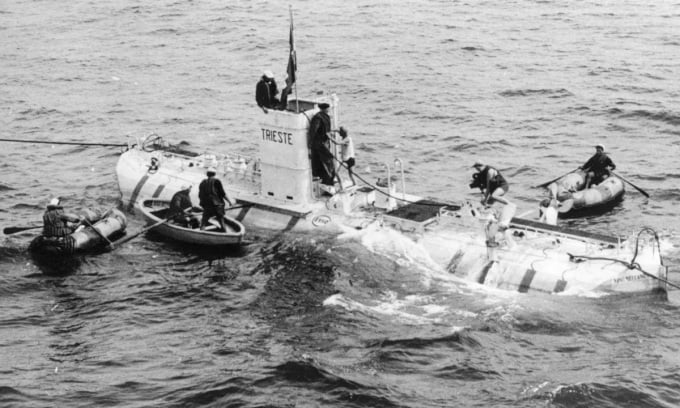
Explorer and physicist Auguste Piccard wearing a life jacket as he emerges from the Trieste after a record-breaking dive to 3,150 metres on October 3, 1953, off the west coast of Italy. Photo: Keystone/Hulton Archive
The great difficulty in mapping the ocean floor
Humans have seen only a tiny fraction of the ocean floor, or even the middle. And only a tiny fraction of the ocean floor has been mapped, according to Feldman. One big reason is cost. Sonar-equipped ships can be very expensive. Feldman says fuel alone can cost as much as $40,000 a day.
There are still big gaps in our knowledge of the deep sea. Of the 2.2 million species thought to exist in Earth’s oceans, only 240,000 have been scientifically described, according to the Ocean Census project. But it’s impossible to know for sure how many marine creatures exist, Feldman said.
Technological advances mean humans don’t need to go directly into the deep sea to explore. Deep-sea robots, high-resolution underwater photography, machine learning, and DNA sequencing in seawater will help speed up the pace and scale of discovering new life forms.
"We have better maps of the surface of the Moon than the seafloor because seawater interferes with radar and other methods used to map the surface on land. However, 150 years of modern oceanography has helped us understand many aspects of the ocean, such as its life, its chemistry and its role in the Earth system," said marine ecologist Alex Rogers, a professor at the University of Oxford in the UK.
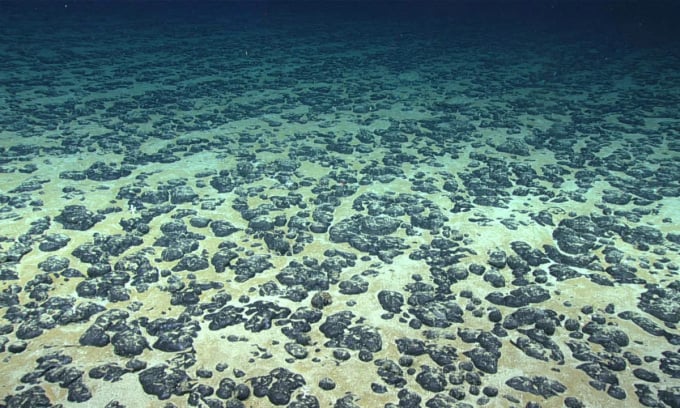
The seafloor was covered in manganese nodules during an expedition organized by the US National Oceanic and Atmospheric Administration (NOAA) and partners in 2019. Photo: NOAA
What does deep ocean exploration bring?
"Mapping the ocean helps us understand how the shape of the seafloor affects ocean currents and where marine life occurs. It also helps us understand seismic hazards. It's foundational science and of great importance to humanity," Rogers added.
The ocean is rich in compounds, and exploration of the area has led to many biomedical breakthroughs. The first marine-derived drug, Cytarabine, was approved in 1969 for the treatment of leukemia. Experts extracted it from sea sponges. Research on bioactive compounds in cone snail venom led to the development of the powerful painkiller ziconotide.
The oceans and the creatures that live there could provide answers to major medical challenges, such as antibiotic resistance, and marine research could also reveal how life evolved, researchers say.
Thu Thao (According to CNN )
Source link










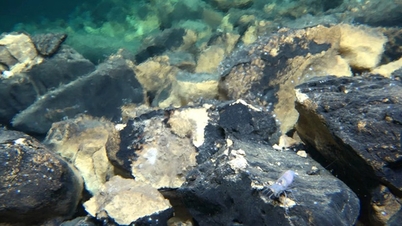



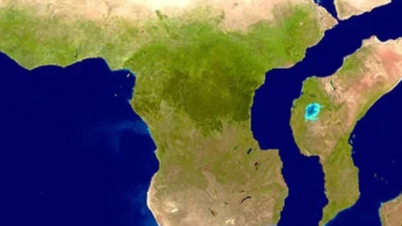


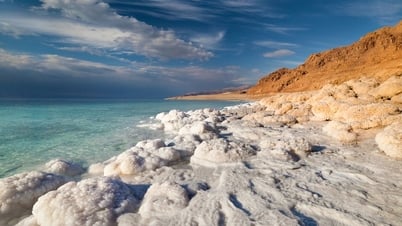



















































































Comment (0)